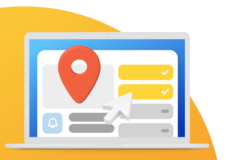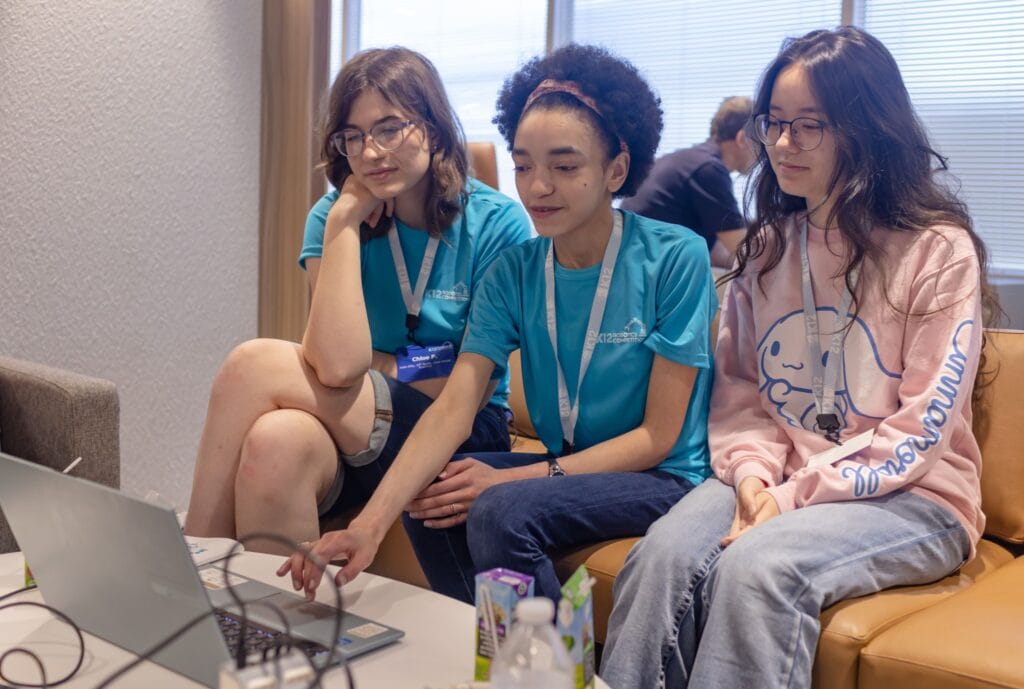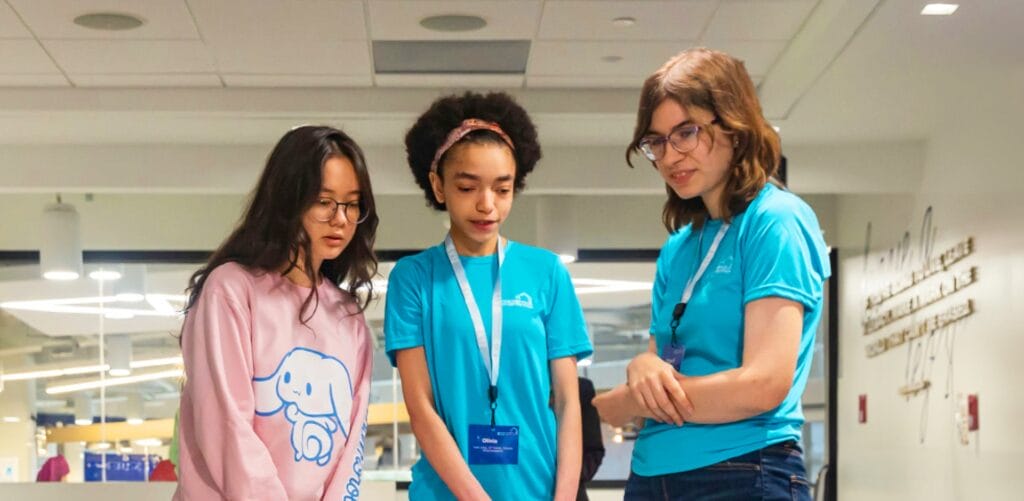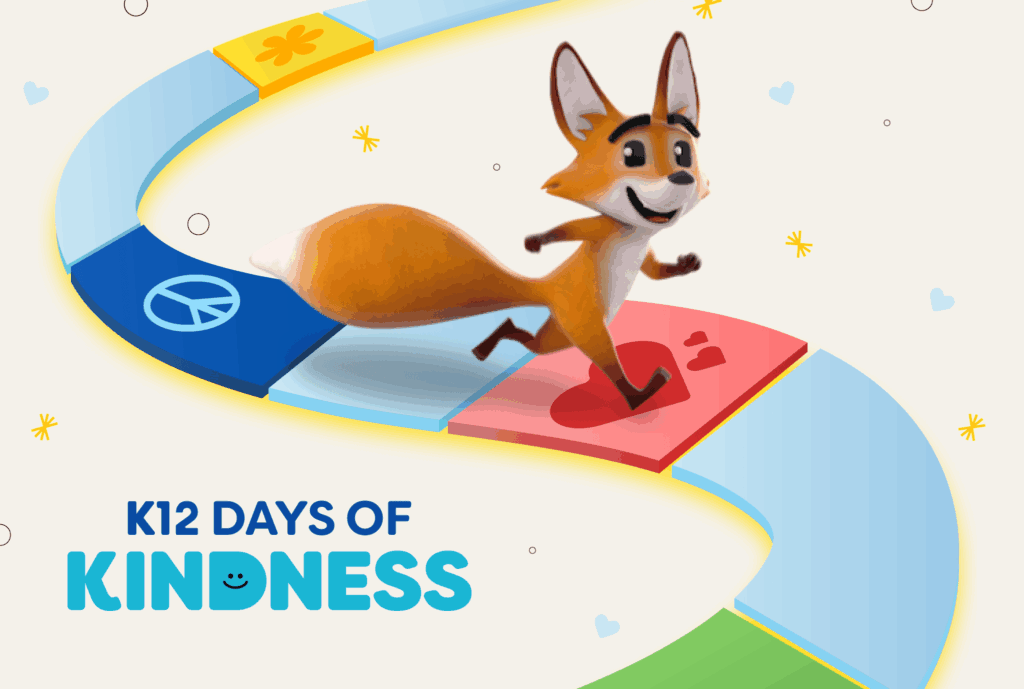Can the type of school a student attends shape their path to entrepreneurship? In a national survey commissioned by K12, 380 young business owners with no affiliation to K12 shared how their educational experiences in online, public, or private schools influenced their early ventures.
The study looked at when these entrepreneurs reached key income milestones, what motivated them, and how their school environment supported the development of skills like independence and creativity. For families exploring flexible learning options, the findings offer valuable insight into how different school formats can shape future success.
Key Takeaways
- Online high school graduates reach $10,000 in independent income slightly earlier (age 26) than public school grads (age 27).
- Online high school grads are the most likely to describe themselves as risk-tolerant (35%) and the least likely to be risk-averse (12%), suggesting a confident, entrepreneurial mindset.
- Online high school grads are the most likely to report taking business-related courses in school (50%), compared to public (45%) and private (41%).
- Online high school students lead in early pitching experience: 17% pitched a business idea before graduating high school, more than public (10%) or private (6%) school grads.
- Online school grads score highest in creativity development (65%), slightly ahead of public (64%) and private (62%) grads.
Reaching $10K Comes Sooner for Online Students
Students from different school types reached financial milestones at varying times and for different reasons.
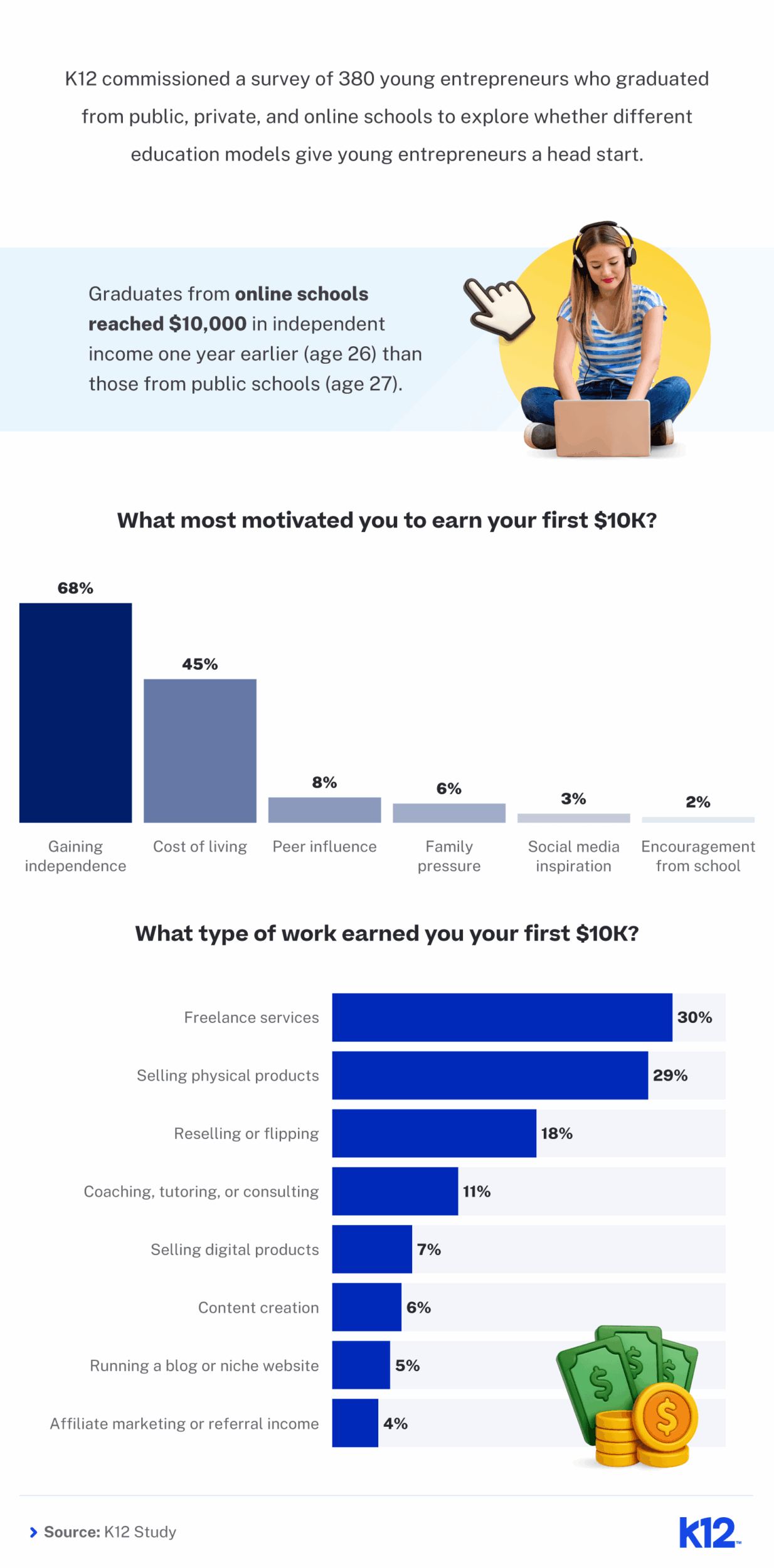
Graduates from online high schools reported reaching $10,000 in independent income slightly earlier than public school grads, typically around age 26. When asked what motivated them to hit that milestone, 68% of respondents said gaining independence was their top driver, followed by 45% who cited the cost of living.
The most common way these entrepreneurs earned their first $10K was through freelance services like design, writing, or coding (30%). Others did so by selling physical products (29%) or reselling or flipping items (18%). More than half of all young entrepreneurs (62%) relied on their own savings to fund their first serious business effort.
Private school graduates were the most likely to reach $10K within six months of launching their first project (41%), and 26% of online and public school grads said the same. Regardless of school type, young entrepreneurs reported reaching financial independence around age 26.
Online Students Get a Head Start on Business Experience
Online students often took their first steps into entrepreneurship while still in school.
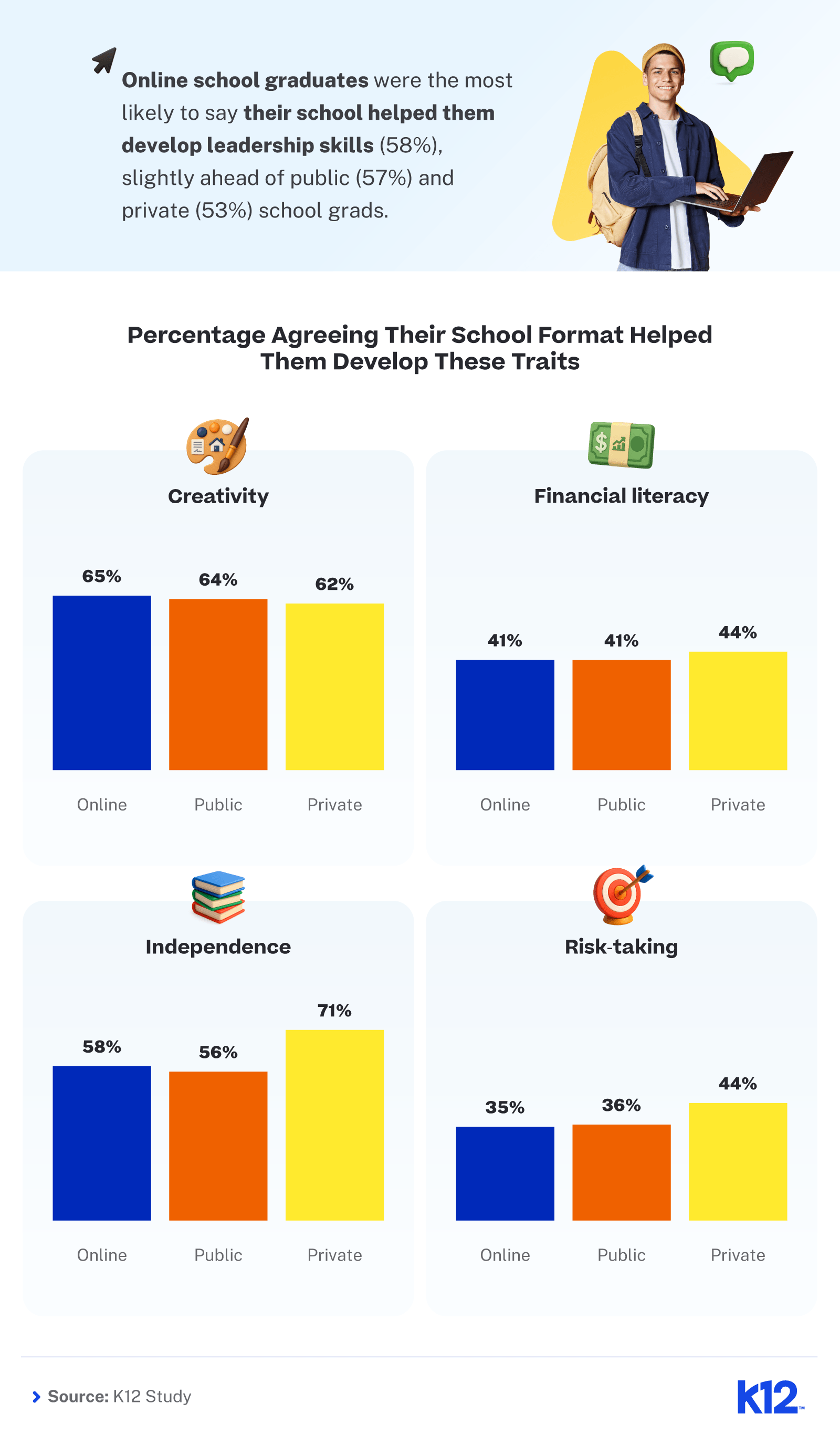
Half of online high school graduates reported taking business-related courses, slightly more than public and private school peers. Seventeen percent of online grads also pitched a business idea before finishing high school, compared to 10% of public and 6% of private school students. They were also more likely than private school kids to launch a side hustle while still in high school (13% vs. 9%, respectively).
Many young entrepreneurs said their school format supported personal growth. For instance, online school graduates were just as likely, or even slightly more likely, than their peers to say their education supported creativity development.
They also felt their school helped them build independence (58%) and encouraged risk-taking (35%), key traits for any future business owner. Online high school grads were the most likely to describe themselves as risk-tolerant (35%) and the least likely to be risk-averse (12%), suggesting a confident, entrepreneurial mindset.
Schools Prepare Students With Practical Skills, but Some Gaps Remain
Many young entrepreneurs are diving into business ownership with passion and creativity, but some feel unprepared for the practical side of running a business. When asked what they wish school had taught them, their answers pointed to a clear gap in real-world financial and entrepreneurial skills.

Only 8% of young entrepreneurs said their school was the main source of their business knowledge. The majority pointed to self-guided learning through the internet (34%), family members (18%), mentors (16%), and peers (16%). This suggests that while formal education helped, much of what they learned came from outside the classroom.
When reflecting on their education, young entrepreneurs most wished their school had taught them more about building and managing credit (51%), paying taxes (49%), and investing for the future (49%).
Virtual Learning Offers a Head Start and Room To Grow
Online school graduates reported reaching financial milestones at a younger age and were more likely to engage in business activities during high school. Their education helped them develop qualities like creativity and independence, giving them an edge in early entrepreneurship.
However, the findings also highlight opportunities to strengthen business education through more real-world financial lessons and support. For families considering online learning, these insights show how virtual classrooms can offer both a head start and a chance to build something more.
Methodology
For this study, we surveyed 380 young entrepreneurs (not affiliated with K12) to uncover whether online high school graduates are reaching their first $10,000 and launching businesses earlier than their traditionally schooled peers. The average age was 30; 66% were women, 31% were men, and 3% were non-binary.



